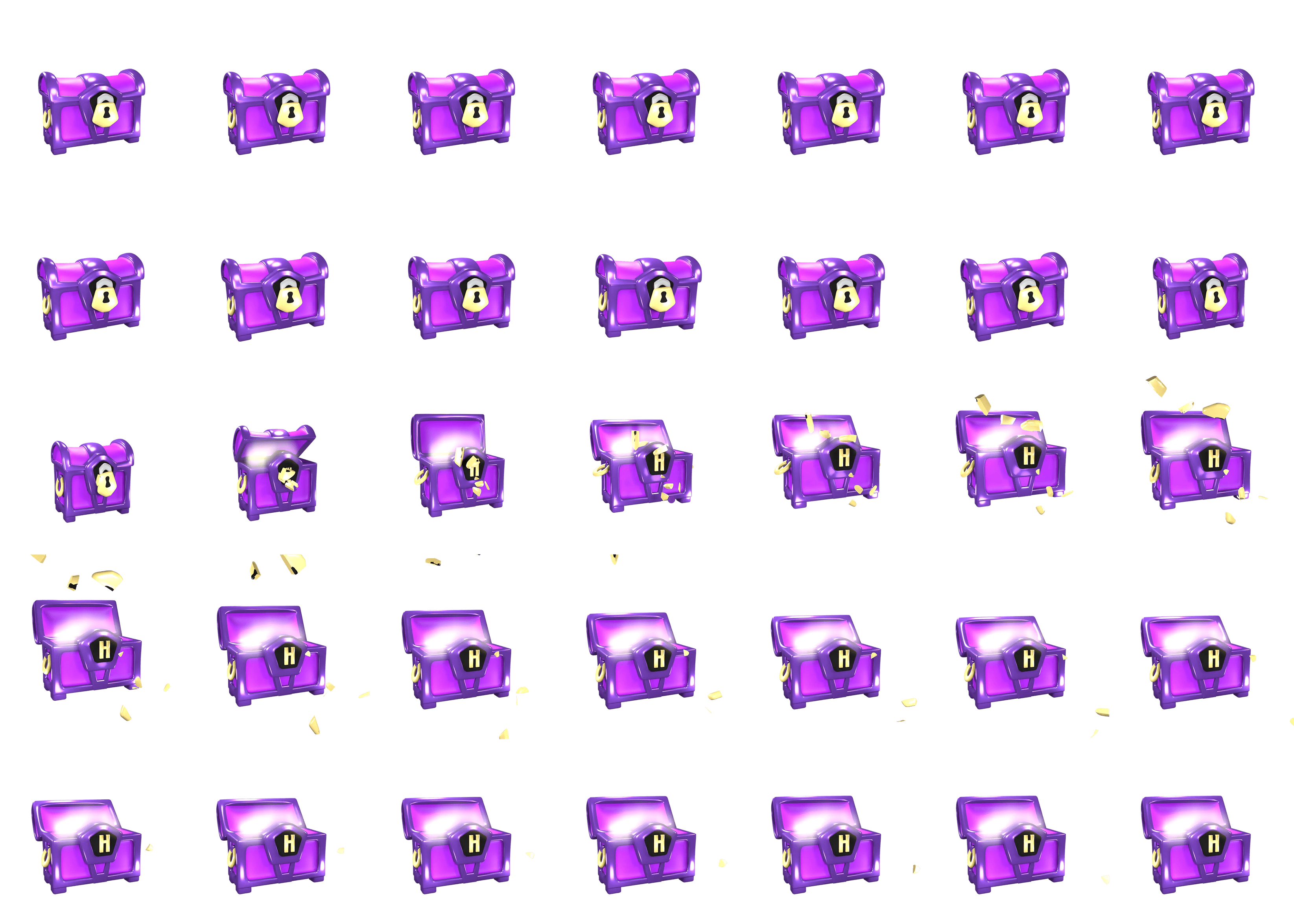
What Is a Function?
A function tells you the relationship between two variables. You can look at a function as a number machine. You put a number into the function, and you get another one in return. You can specify a function in three different ways: As an expression, as table and as a graph.
An example of a function is
Here, is a number of your own choosing. That’s why is known as the independent variable. For each number you choose to be, becomes a different number. That’s why is called the dependent variable, and we say that is dependent on . The definition of a function is that for each value of , there’s only one value of .
It’s also common to give the functions their own names. Because the word “function” begins with the letter “”, you typically call your first function . Directly after the name, we write the independent variable in parentheses. Since you’re mostly working with functions that are dependent on , we set the function’s name to be (which is read as “ of ”). If there are several functions in the same exercise, each of them gets their own name. We have already used , so we skip to the next letter in the alphabet and call the next function , and the next one , and so on. We can therefore write the function above as













